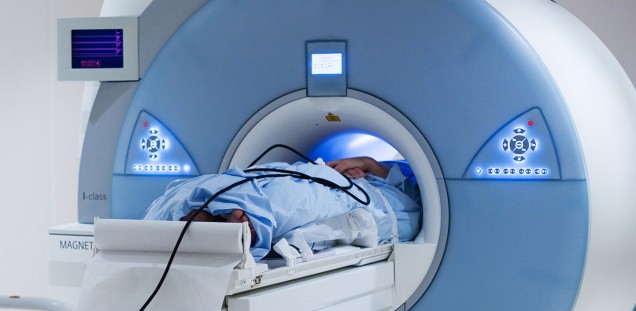Overview
Using neuroscientific methods such as functional magnetic resonance imaging (fMRI) we study the neural mechanisms of pain, anxiety and decision making. Furthermore, this entails studying emotional processing and how emotions affect other cognitive functions. In part, we employ very simple paradigms such as classical conditioning, because this enables a link of our research to existing animal work. Methodologically, we are also bridging the gap between human neuroscientific research and animal neurophysiology by using high resolution neuroimaging techniques for instance to investigate emotional processing in different subnuclei of the amygdala or pain processing in small brainstem structures such as the PAG or the spinal cord. The interaction between emotion and cognition is also exemplified by the modulation of pain processing by various cognitive factors. A prime example of this effect is placebo analgesia in which expectation and experience shape pain perception. Using novel MR protocols to investigate spinal cord and brain responses simultaneously, pharmacological interventions and computational models, we investigate the neuronal mechanisms underlying these effects.
